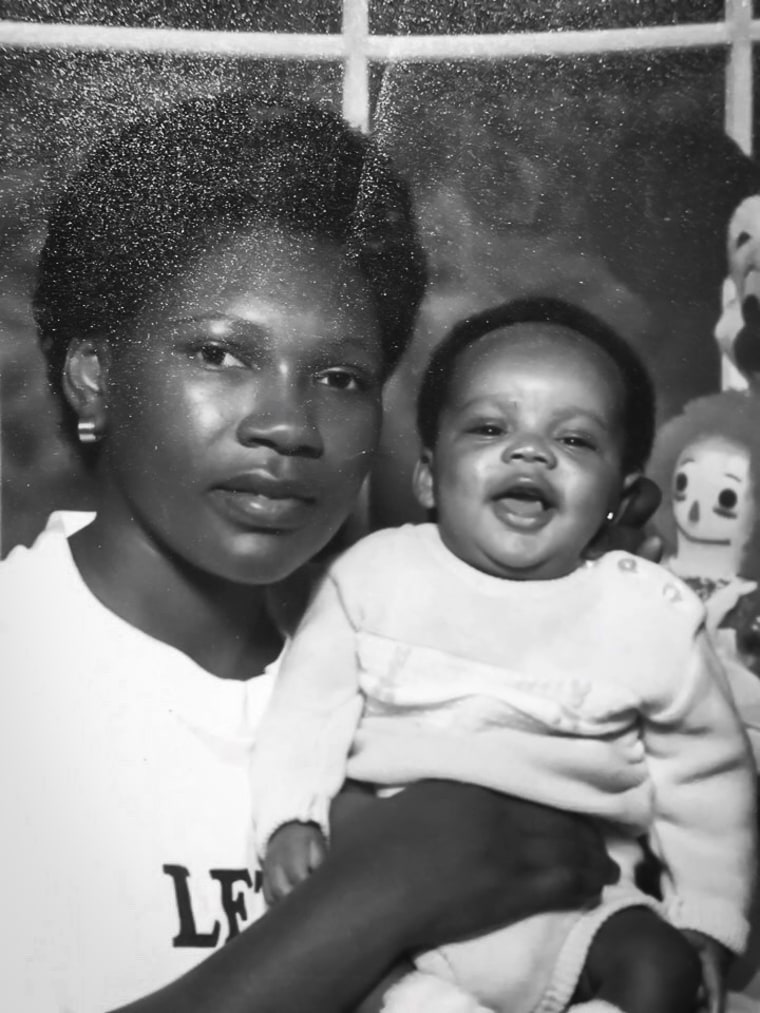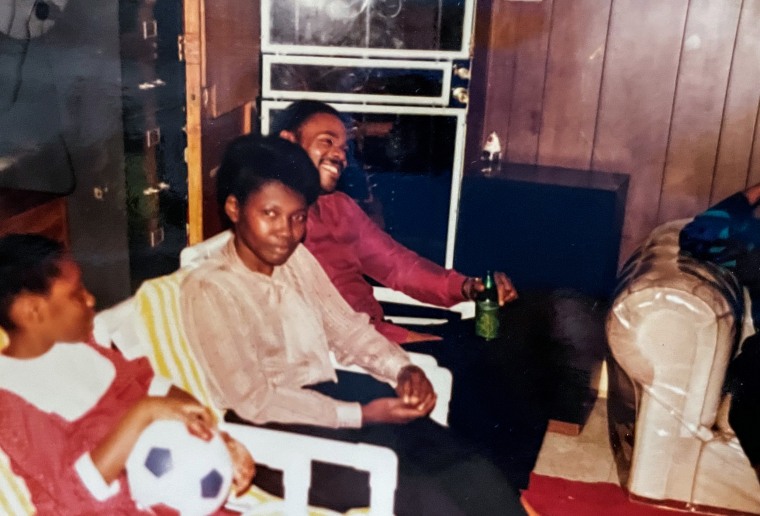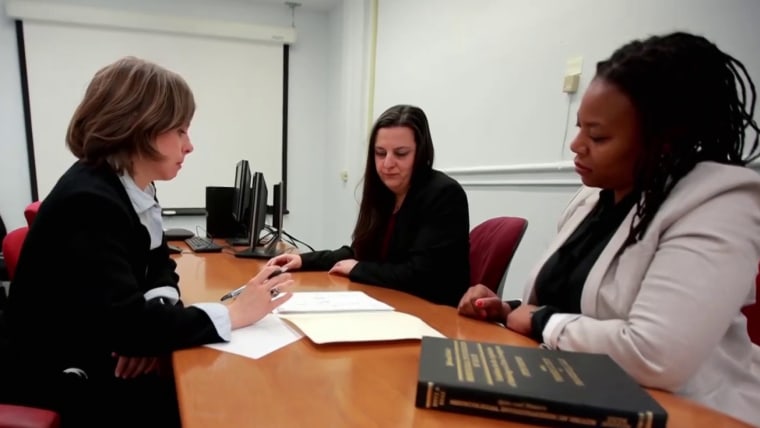Eboney Brown remembers the day her mother, Myrtle Brown, went missing. It was 1990, and she was 13 years old.
That May, Myrtle Brown was in New York visiting her best friend when her purse was stolen, along with her epilepsy medication and identification. She told her family she was not feeling well and went to the emergency room at King’s County Hospital in Brooklyn to get a medication refill.
“She ended up going by herself,” Eboney Brown said. “And then that was the last moment, you know, we ever heard from her.”
For weeks, Eboney’s grandmother and family members visited local police precincts and hospitals but found no answers.
Read more on this story at NBCNews.com and watch “NBC Nightly News with Lester Holt” tonight at 6:30 p.m. ET/5:30 p.m. CT.
“I never thought she passed away,” Eboney said. “I thought maybe she just wanted something different, maybe, out of life. I didn’t know, to be honest, I was just confused and sad.”
Nearly 32 years later, in April, Myrtle’s brother, Robert Brown, was watching “NBC Nightly News with Lester Holt” when it aired a profile of the cold case squad at the New York City Office of Chief Medical Examiner. Led by Dr. Angela Soler, assistant director of forensic anthropology, the team manages nearly 1,250 unidentified person cases, most of them tracing back decades, many to the 1990s.
Within the report, Brown spotted a picture on a missing person’s poster of a facial reconstruction, a tool used by the team to draw public attention to cases by recreating facial features via a clay model.
“I saw a young lady that could be or could not have been my sister,” he said. “And I said to myself, ‘Wow, I wonder if that could be her.’”
Two days later, Brown and his wife called the medical examiner’s office, and Soler and her team began working on Myrtle Brown’s case.

“I took a look at the reconstruction and noticed, OK, I’m probably looking for a middle-aged Black woman,” Soler said. “It all matched with what the family was telling us, and we were also informed that she went missing in May of 1990. So I knew exactly where to start my search.”
For nearly two months, Soler reviewed over two weeks of records of “unverified unknowns” or missing people with a potential name that has not been verified or confirmed. She started her search from May 1, 1990, until she found what she believed was a presumptive match to Myrtle Brown, on May 17, 1990. The unidentified person in the recreation was not Myrtle.
“In this instance, the contextual information included the date that she passed away,” Soler said. “She passed away in Brooklyn, which matched the family telling me that she used to receive medical care in Brooklyn.

“She had a presumptive name that matched, a presumptive date of birth that matched, and the family had given some medical information about their missing loved one that also matched what was in the case file.”
Robert Brown then received a call from Soler that he had been waiting for for three decades.
“Robert, I think we found your sister,” Brown said, recalling what Soler told him. “I said, ‘What?’ She said, ‘I think we found your sister.’”
Eboney was also on the call as Soler shared the information she found in the case file. She asked if she could send them a photograph of the deceased person to confirm it was Myrtle.
“She sent a photo to both of us, and it took me a second to realize that’s her,” Robert said.
Eboney said the photograph took her back 30 years.
“As soon as I saw the photo … just, you know it, you knew it was her,” she said.

Myrtle, who was 35, was never registered or admitted to King’s County Hospital, but the family learned she had been waiting in the emergency room when she had a seizure and died. The only information Myrtle gave to the hospital was her name and date of birth.
The Browns were able to hold a virtual memorial for Myrtle, and Robert and Eboney said their family was at peace finally knowing what had happened to their beloved sister and mother.
Soler said she hoped the Browns’ experience would encourage other families with missing loved ones to step forward.
“Even though it didn’t end up being the individual the recreation was based on, it helped us resolve a case,” Soler said. “It made a difference. And that’s the whole point is … to get people to stop and think for a moment and follow through and give us a phone call.”
Source: | This article originally belongs to Nbcnews.com











